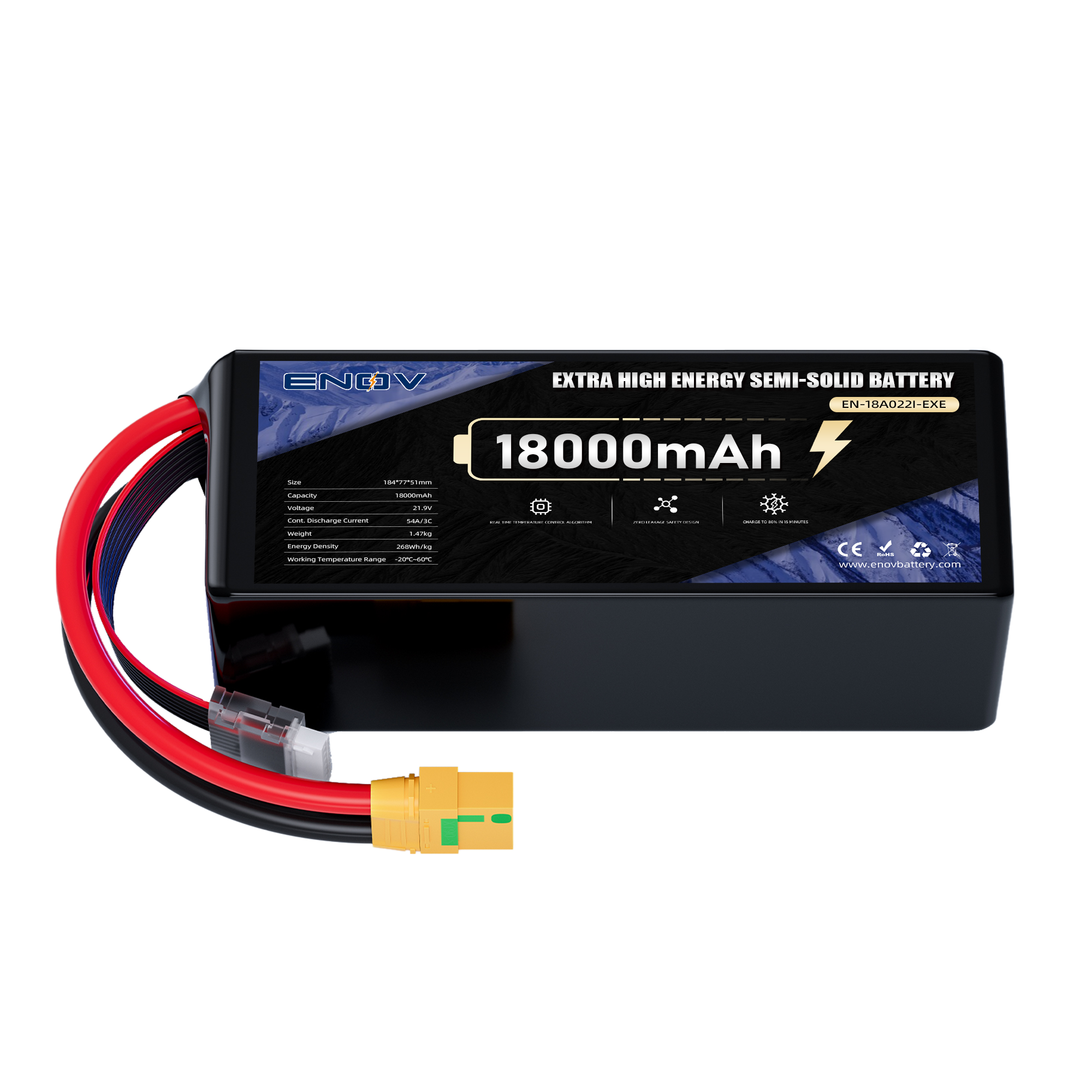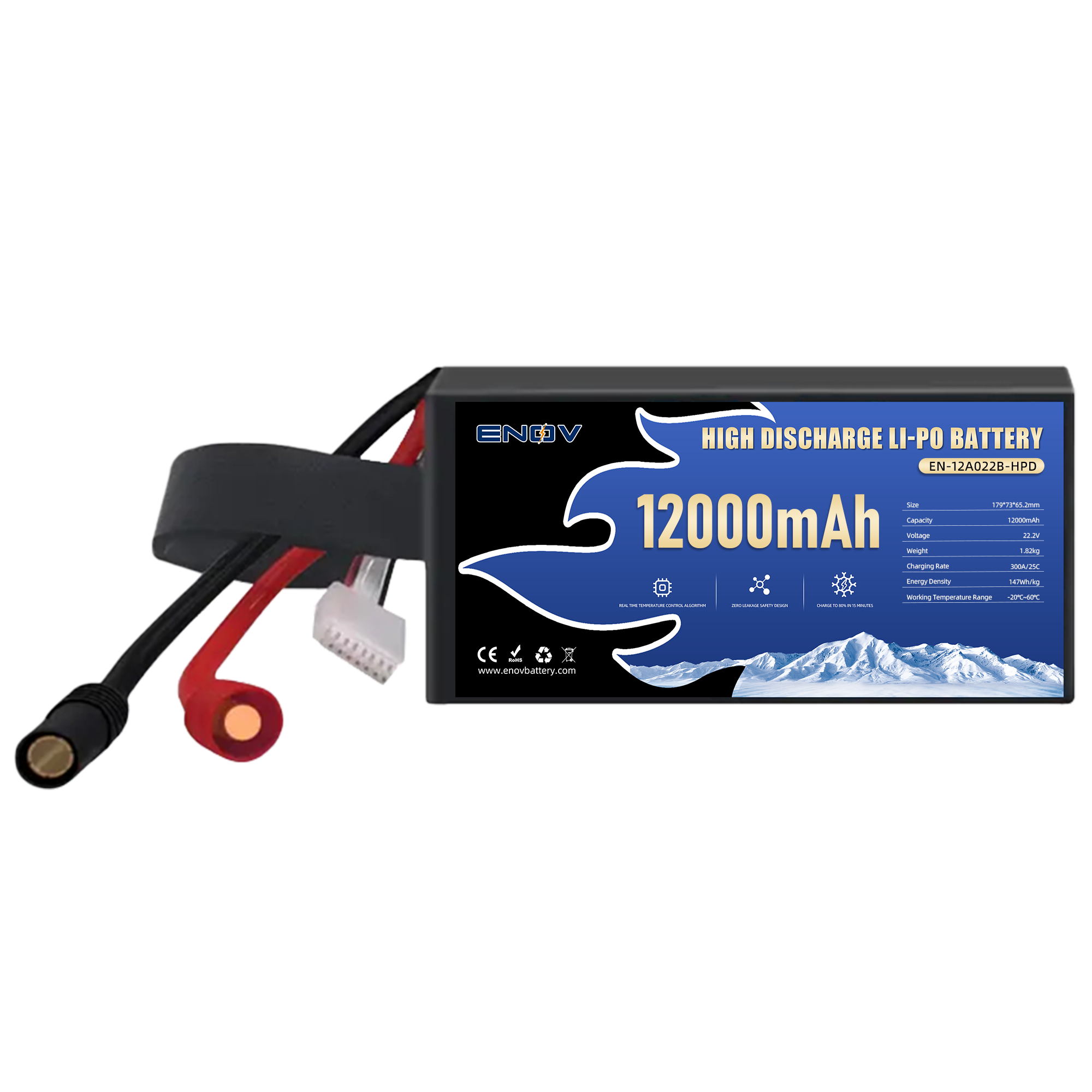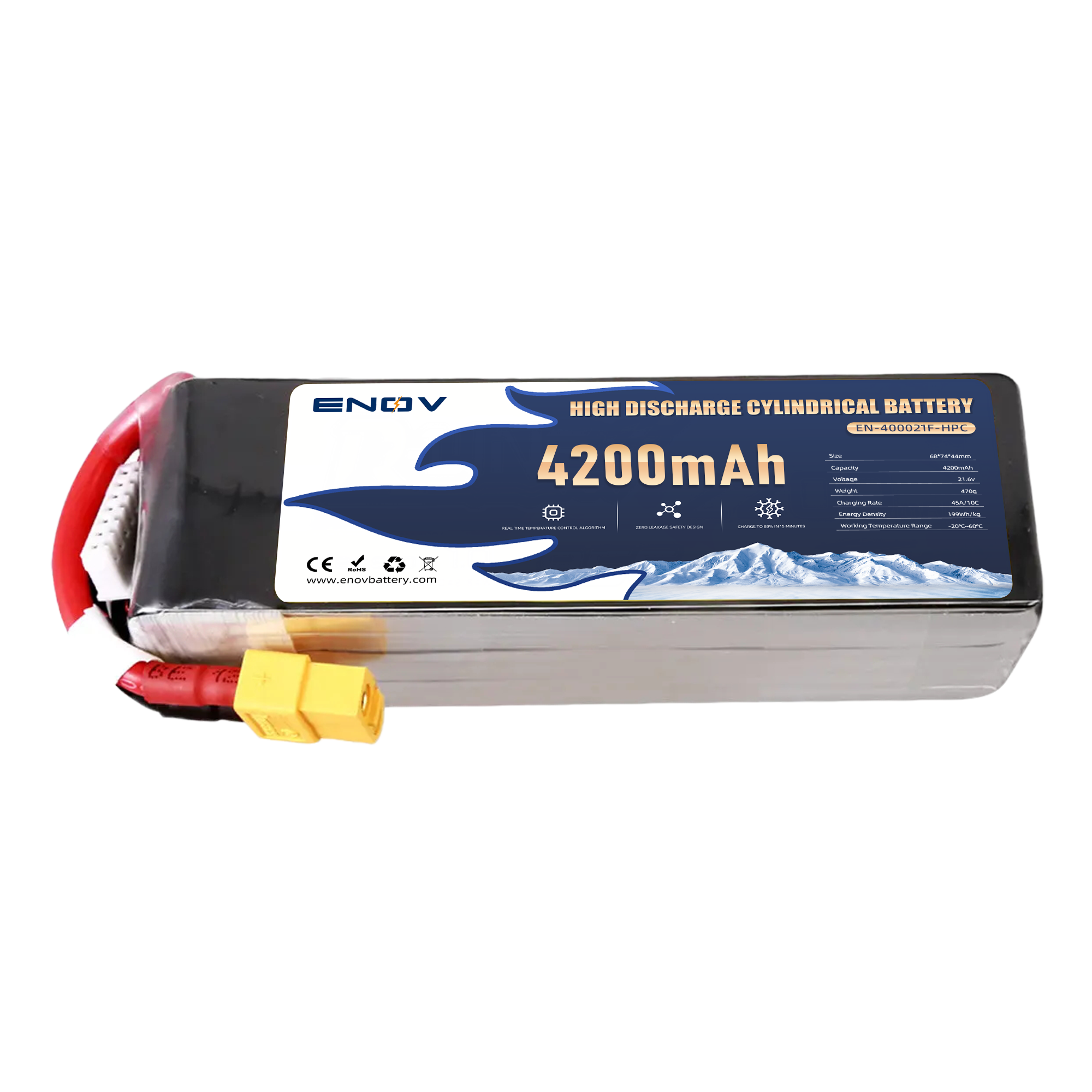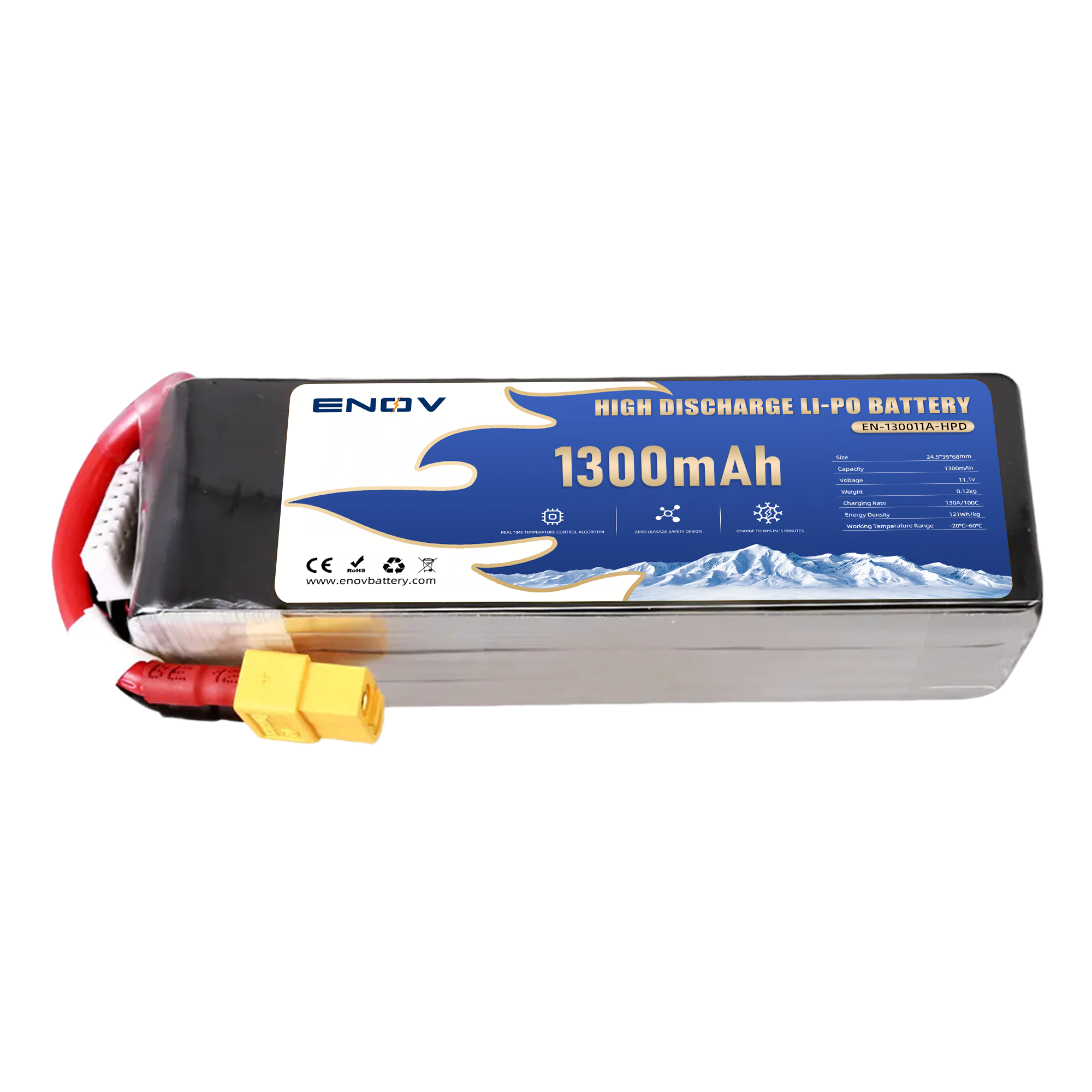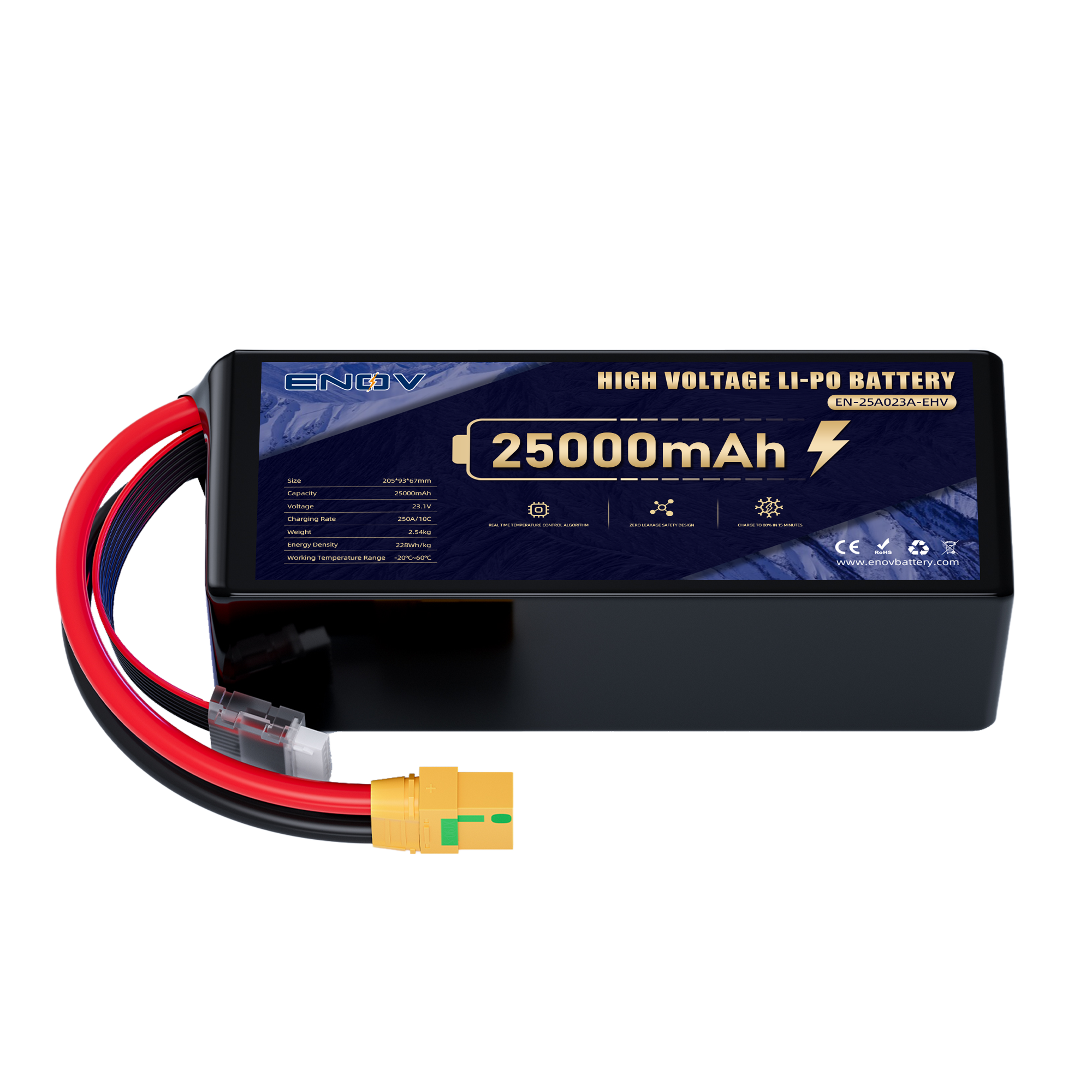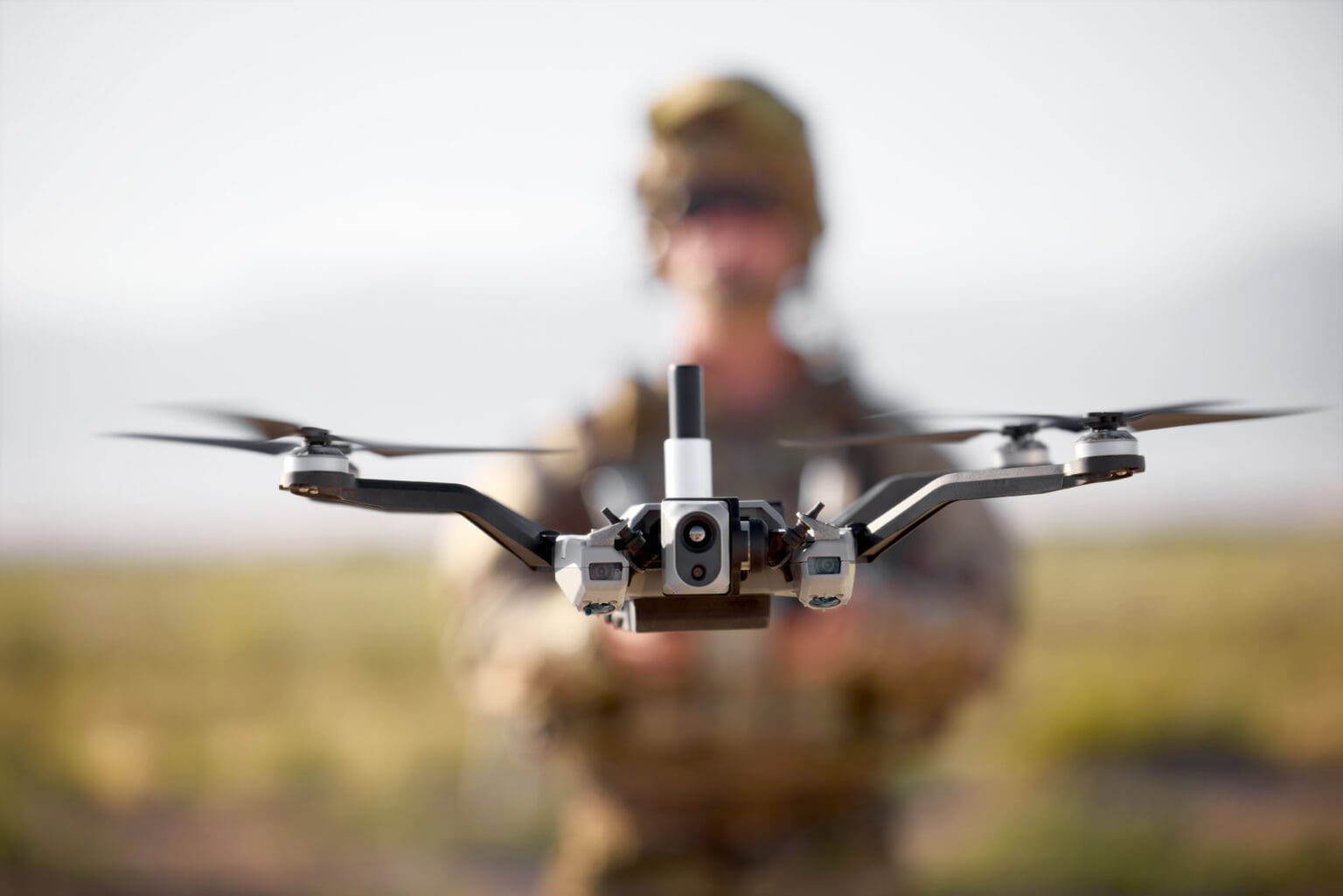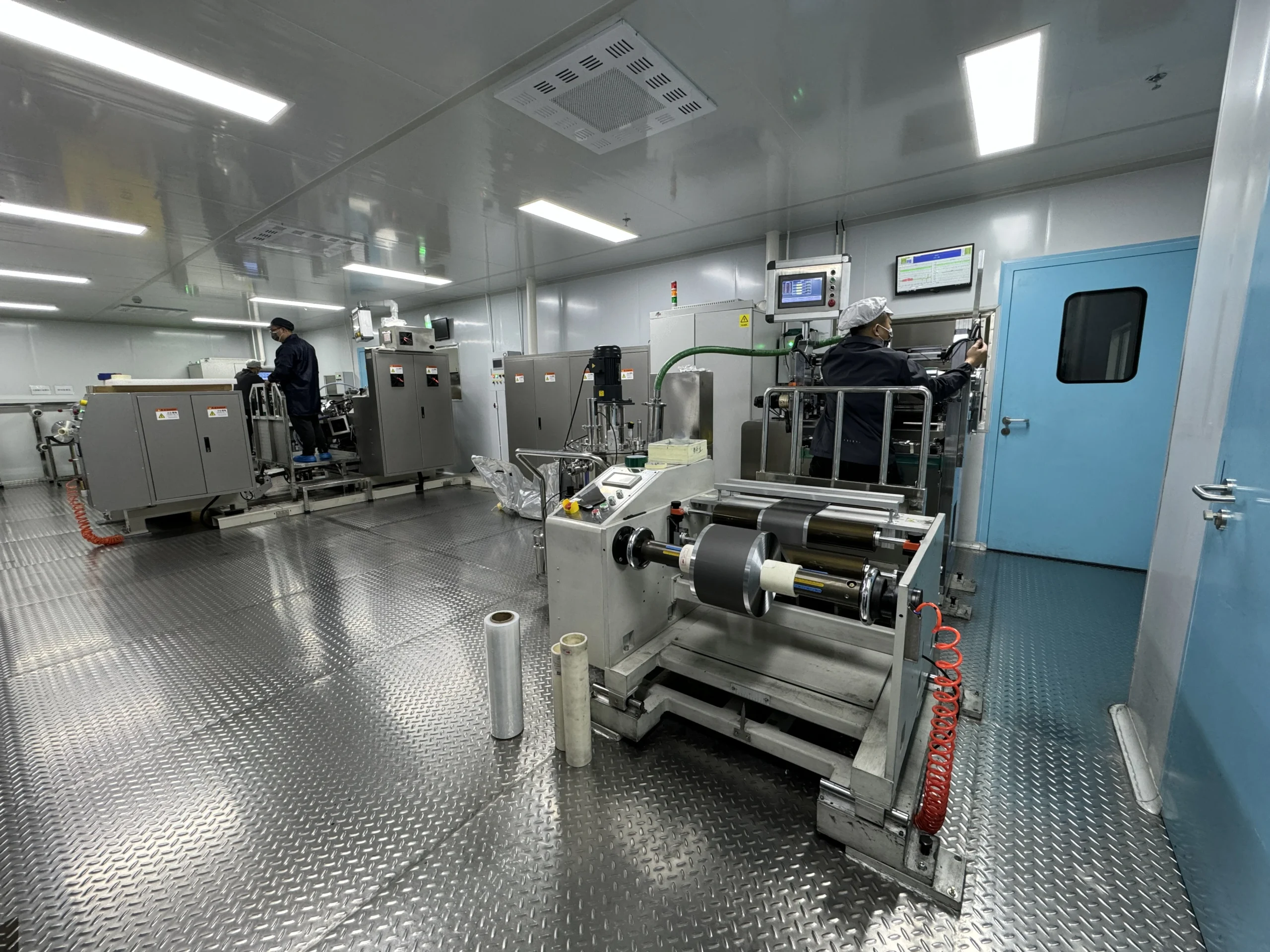Electrical Safety Evaluations:
Preventing Overcharge and Reverse Polarity Risks
Electrical Safety Evaluations: Preventing Overcharge and Reverse Polarity
Electrical safety evaluations are vital for safeguarding systems against catastrophic failures caused by overcharge and reverse polarity. These risks, common in batteries, power supplies, and industrial equipment, can lead to thermal runaway, component damage, or fires.
By integrating robust testing protocols and protective mechanisms, businesses ensure compliance, enhance product reliability, and protect end-users.
thrust
1. Overcharge Prevention Strategies
Overcharge occurs when a device receives excess voltage, causing overheating or electrolyte decomposition. Modern solutions combine hardware and software safeguards. Voltage monitoring circuits, for instance, automatically disconnect power when thresholds exceed safe limits.
Temperature sensors further detect abnormal heat buildup, triggering shutdowns before thermal runaway begins. Additionally, smart charging algorithms adjust current flow based on real-time battery health data, balancing efficiency with safety .
2. Reverse Polarity Protection Methods
Reverse polarity, often caused by incorrect power connections, damages sensitive components. Passive solutions like diodes block reverse current, while active systems use MOSFETs for minimal power loss. Schottky diodes, with low forward voltage drops, are ideal for low-current applications.
For high-power systems, P-channel MOSFETs offer efficient protection by isolating circuits during polarity reversals. Mechanical safeguards, such as polarized connectors, also prevent human error during installation.
3. Integrated Testing and Certification
Comprehensive electrical safety evaluations require adherence to international standards like IEC 62133 and UL 1973. These frameworks mandate rigorous testing, including overcharge simulations, short-circuit assessments, and environmental stress tests.
For example, UL 1973’s fire exposure tests validate battery resilience under extreme conditions, while IEC 62133 ensures lithium-ion cells withstand mechanical and electrical abuse. Regular third-party certifications not only meet regulatory demands but also build market trust .
4. System-Level Risk Mitigation
Beyond component-level protections, system-wide integration is critical. Battery management systems (BMS) continuously monitor voltage, temperature, and current across cells, ensuring balanced charging and early fault detection. Redundant safety layers—such as backup fuses or resettable circuit breakers—provide fail-safe mechanisms.
Furthermore, automated diagnostics in manufacturing lines identify defects before products reach consumers, reducing recalls and liabilities .
Conclusion
Proactive electrical safety evaluations minimize risks while fostering innovation in power-dependent industries. By prioritizing overcharge prevention, reverse polarity safeguards, and certified testing, businesses deliver safer, more reliable products. These measures not only prevent costly failures but also reinforce brand credibility in global markets, positioning companies as leaders in technological resilience.
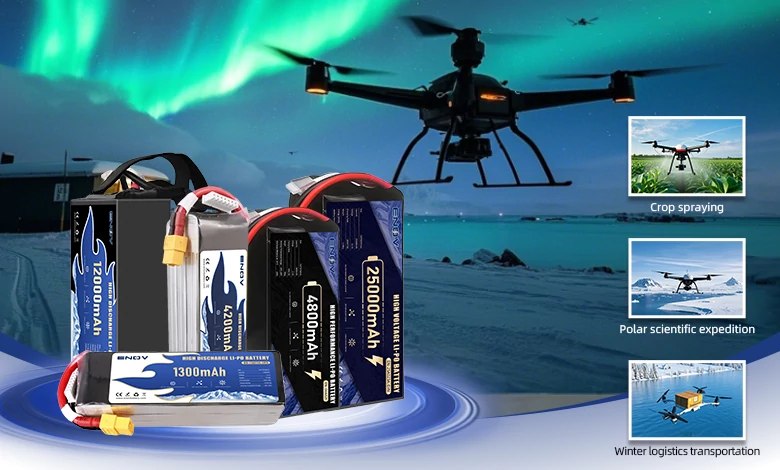
UAV DRONE battery
Enov UAV battery has the most advanced UAV battery new technology, it has a lightweight structural design, ultra-high energy density, stable continuous discharge, customized ultra-high instantaneous discharge, wide temperature working range, stable charge and discharge, battery materials can choose high nickel terpolymer positive/silicon carbon negative material system combined with semi-solid battery technology. Or choose a more mature application of more UAV lithium battery technology, available UAV battery nominal voltage 3.7V, capacity 18.0Ah ~ 30.0Ah, support 10C continuous discharge and 120C pulse discharge (3 seconds). With ultra-high energy density (220-300Wh/kg) as its core advantage, Enov UAV batteries can meet the needs of long-term endurance scenarios such as plant protection drones and transport drones, while maintaining stable emission performance in extremely low temperature environments (-40℃).
Other products
START-STOP LITHIUM BATTERY
LITHIUM ENERGY STORAGE BATTERY
QUICK INQUIRY
FAQ
Access to high frequency technical questions with one click, get accurate answers on product application, after-sales policy and customization process.
Service and Support
Get the latest product specifications, explore professional OEM/ODM customization services, click to open exclusive technical support and production solutions.
Become a Partner
We sincerely invite resources to interconnect, work together for win-win development, and immediately open a new chapter of strategic cooperation!
